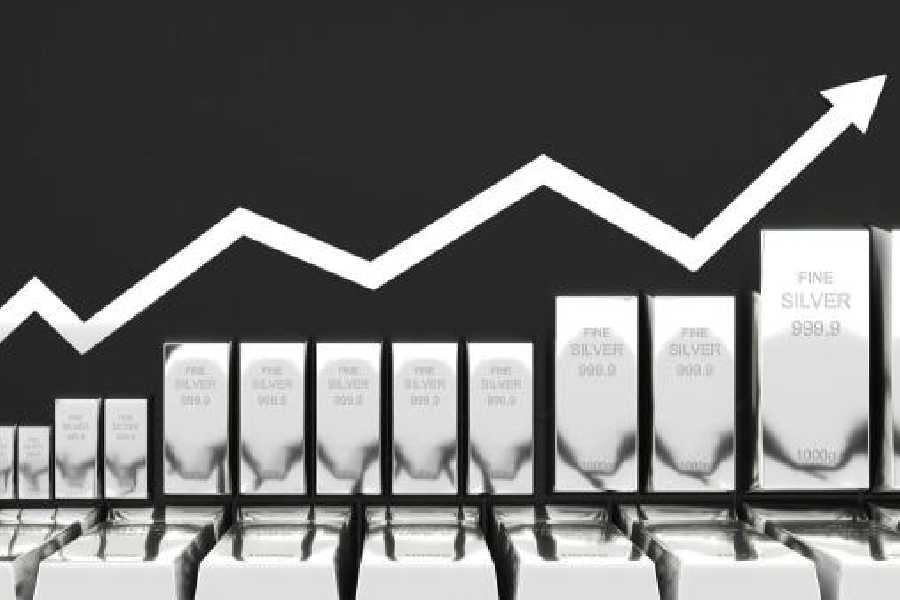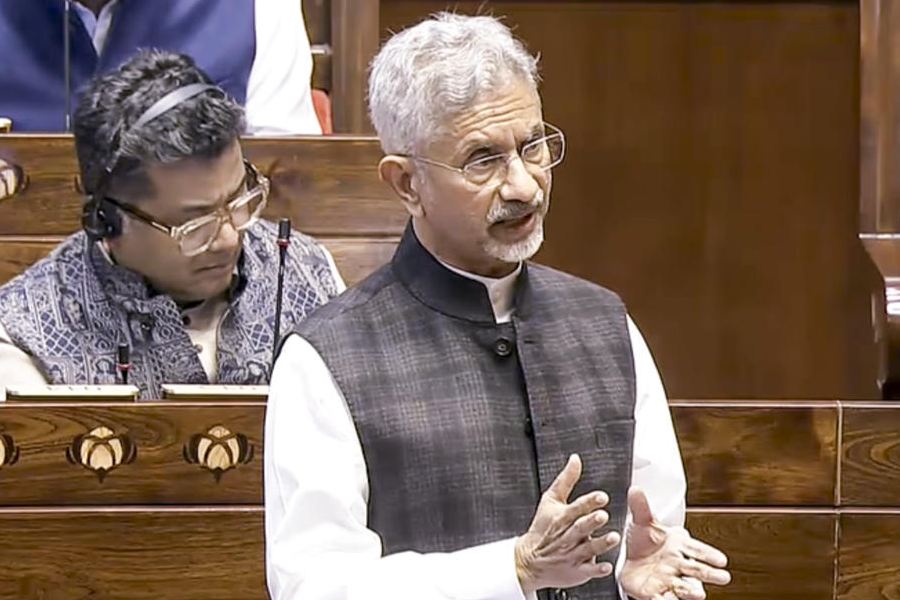The shiny, dazzling metal has galloped at a thundering pace, prompting investors to take positions, chiefly with the aid of Silver ETFs (Exchange Traded Funds). The commodity, driven by global sentiments, is currently spurring investment returns in India, a market where a great number of people buy it during the traditional festive season. Large industrial demand, coupled with a tight physical market, has compelled prices (and premiums) to advance significantly. Silver is now seen as a critical asset class even by ordinary investors.
It is important to understand silver ETFs, the manner in which these funds work, and the way an average participant can utilise them to his advantage.
But before we begin, let us remind you that some of our asset management houses have recently tweaked their rules governing new investments, essentially suspending lump-sum inflows.
These developments lead us to two vital observations:
- The case for silver ETFs will grow stronger in future, investors can potentially gain if they play their cards right
- There will always be a set of operational risks that spawn from indexing, no investor can afford to ignore these for long
These are physically backed, units are issued to investors and the purchase-sale routine is quite easy and convenient . Some alternatives work, like Fund of Funds (FoF). These invest in units of other funds. . Net asset values (NAVs) are published in keeping with regulatory standards.
Why are silver Silver ETFs relevant for ordinary investors? There are two key reasons:
- Silver is a compelling diversifier for the long term. A limited exposure to the metal (some suggest 5-10 per cent) is being recommended. This will also reduce one’s dependence on gold, the “primary” metal for most investors.
- Silver ETFs can help with quick, tactical trades. The latter can take the shape of short and medium term transactions, especially when positive price movements are expected soon.
Apart from these reasons, the Indian investor tends to grow keen on silver during festive occasions. Diwali and other festivities are worth mentioning here. The occasions are mood-uplifting and there is, after all, no need to go through the routine of buying physical silver any longer. That will mean no charges or storage issues.
It is quite easy to transact in silver, thanks to broking platforms . ETFs that trade on exchanges are the most ideal vehicle, and investors will do well to identify the most liquid choices. . The major aspects to look out for include asset sizes and transaction volumes. . As an investor, you will place orders whenever you wish to buy. . Prices can be monitored at your convenience, and sale transactions are absolutely easy too. . Trading platforms and financial product distributors also offer a range of choices. . So one-time allocations, SIPs and redemptions can be easily executed.
Here is a list of things to remember:
- We can trade on exchanges on real-time basis.
- There is no need to locate a friendly jeweller or hire a bank locker.
- Our transaction costs are low.
However, yes, investors must pay brokerage. As for expense ratios, we will need to know about these as well.
Organised transaction tools make way for fractional, cost-efficient ownership. So retail investors can acquire small amounts regularly; monthly purchases are common enough. This ensures affordability. The old ideas concerning physical weight, authenticity and prices are all passe. Modern investors will not want to hold bars, coins, trinkets, ornaments and the like. Moreover, there is complete transparency (and, therefore, auditability). ETFs must typically disclose holdings. Valuations are made public by mandate.
- The market can, in extreme cases, get stressed. This may lead to suspensions, evident from recent developments, marked by temporary limits on fresh inflows.
- Tracking error can be a serious issue. Are there price deviations? Are the funds thinly traded? Information related to these matters are critical.
- Silver will not yield “income” of any kind. There is no question of securing payouts (such as interest or dividend).
The average investor will want a few clues before he bets on the metal via a fund. Ergo, here is a simple, four-point checklist:
- The fund of his choice should have sufficient daily volumes
- A decent-sized asset base is preferred
- The expenses should be managed well enough
- Tracking error needs to be under control
As for silver FoFs, we urge investors to remember that these are preceded by an extra layer of holdings. They need to find out about the portfolio. It is easy to get a functional idea — all material information is disclosed regularly.
Nilanjan Dey is partner, Wishlist Capital (ARN-84929)











